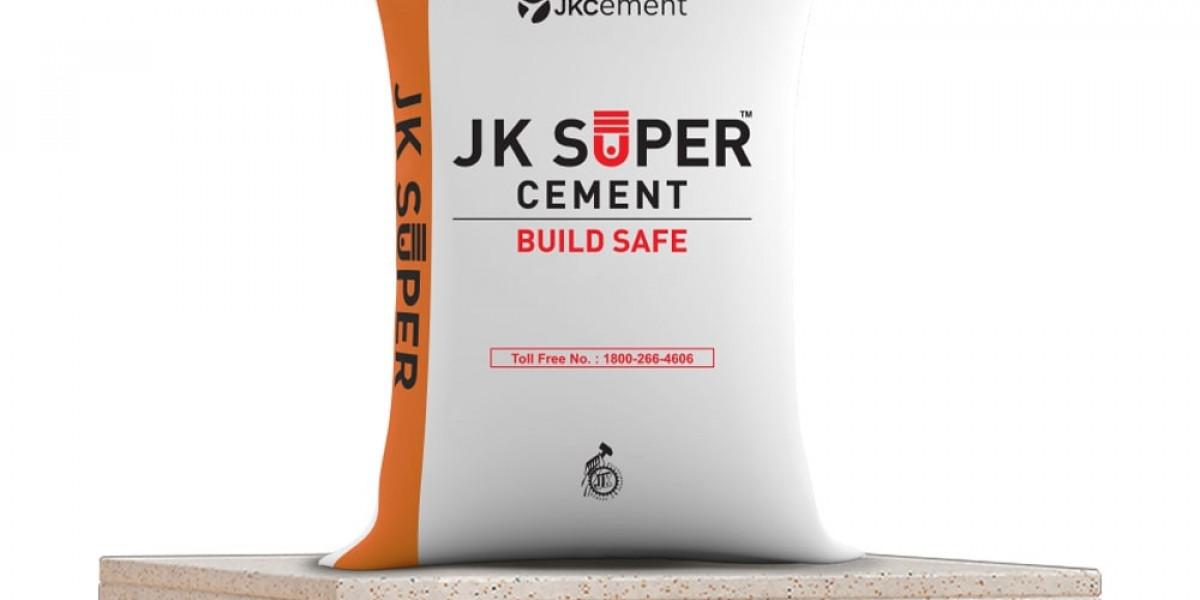Whether it is your first time at a residential job site or an experienced worker on a large-scale commercial oil well, chances are you are not far from cement slurry on any given day. One of the most versatile and widely used construction materials, cement slurry often carries the team. There is more to this than meets the eye.
With a range of chemical additives to alter the mixture, a list of potential job applications, and a few real environmental dangers if not managed correctly, it is important to examine grey cement slurry closely and use it safely and effectively.
What is cement slurry made of?
Cement slurry is a pourable liquid of cement, chemical additives, and water. It is often grey and used across multiple industries for various applications, from commercial oil wells to residential driveways. The slurry is often used interchangeably with grout, blended cement, mortar, controlled low-strength material, and flowable fill. However, these comparisons are not always accurate.
Slurries made from water-resistant cement come in many forms and are altered to suit different purposes, such as adding weighting agents, fluid loss control agents, retarders, and others. Ensure it is always pourable. For instance, cement slurries used in drilling industries often have a thin consistency and are dispersed over irregular surfaces. The slurry may be thicker for residential projects, focusing on creating a strong and water-resistant foundation.
Difference between cement slurry and mortar
Just like the difference between “cement” and “concrete”, some people often confuse the terms “slurry” and “mortar”. Cement slurry is pourable. Cement mortar is a thicker, paste-like mixture of bonding agents and fine aggregates, like sand, lime, and water. In masonry, mortar is used to bind bricks and blocks.
Uses
Cement slurry is a versatile building material that can be used for a wide range of purposes, depending on the chemical additives used in the mixture. Residential construction is often used for concrete slabs, foundations, driveways, concrete repairs, brickwork, casting, flooring, and plastering. Common commercial applications include using oil wells as temporary plugs, road repairs, and building foundations.
Does cement slurry harm the environment?
Cement slurry waste can damage the environment if washout is not managed correctly. Common environmental impacts of cement slurry include damage to vegetation and animal life caused by hosing down tools or barrows emptied into surrounding garden beds or onto lawns after washout. The chemical additives used in slurry mixtures can alter the chemical composition of soil and even seep into groundwater, increasing PH levels.
How should you manage leftover slurry?
You need to consider alternative options to minimise the environmental impacts of concrete disposal. This best practice solution can significantly reduce the amount of waste sent to landfills and stop chemicals from washing down the stormwater. Here are some steps to manage leftover cement slurry:
- Every construction project, including a 2 BHK house plan, must have a designated washout area lined with a barrier to prevent soil and groundwater contamination. The slurry is commonly disposed of here before drying out and solidifying. However, ending the process here means a costly clean-out at the end of any construction project.
- The next step and the most effective solution for concrete slurry disposal is to filter and recycle it. Recycling concrete slurry waste within your designated washout area can help reduce waste and recycle water. The process involves filtering the water from the solid waste and using the leftover water for other purposes, such as cleaning equipment or new mixes. The separated solid remains have been significantly reduced and can be used and disposed of properly, saving time and money.
- Your slurry management plan should also address the containment of slurry leaks and spills. Concrete slurry is prohibited from being dumped straight down the drain, as it can cause blockages and harm aquatic life.
Implementing a wet trade management strategy can help reduce the environmental impact and ensure compliance with regulations and guidelines.
Filtering and recycling
Water is often overlooked in grey cement slurry and concrete disposal. Wet trade water waste, which includes water used for mixing, washing down, washing up, and cutting concrete, can be a significant problem as it builds up on site. Fortunately, some techniques help reduce water usage and minimise its environmental impact.
Selling is one of the most common ways to recycle wet trade water waste on big construction sites, like constructing a 2 BHK house plan. It involves allowing the water to sit in a tank or basin until the sediment and solids settle to the bottom. The clean water can then be reused for mixing or washing, while the sediment can be disposed of separately.
Another option is to use a filtration system to remove impurities from the water. The wet trade waste is poured into a filtration system, which captures all the leftover aggregates and harmful chemicals. The filtered water can then be reused for mixing, washing, irrigation, or other non-potable purposes. Using a filtration system is perfect for daily cleaning and keeping on top of your water waste.
Costs and economic implications
Managing concrete and water-resistant cement disposal can significantly cost and economic implications. Poor practices can lead to fines and other financial penalties from local councils. Additionally, improper disposal can hurt stormwater, soil, and groundwater, leading to further environmental and economic consequences.
Conclusion
The slurry is a toxic substance to the environment. If it is not properly disposed of, it can harm millions of lives and contaminate natural resources. By recycling concrete waste, businesses can reduce the waste they send to landfills, resulting in cost savings. In addition, recycled concrete can be used as a substitute for natural aggregates, reducing the need for costly extraction and transportation of these materials.









